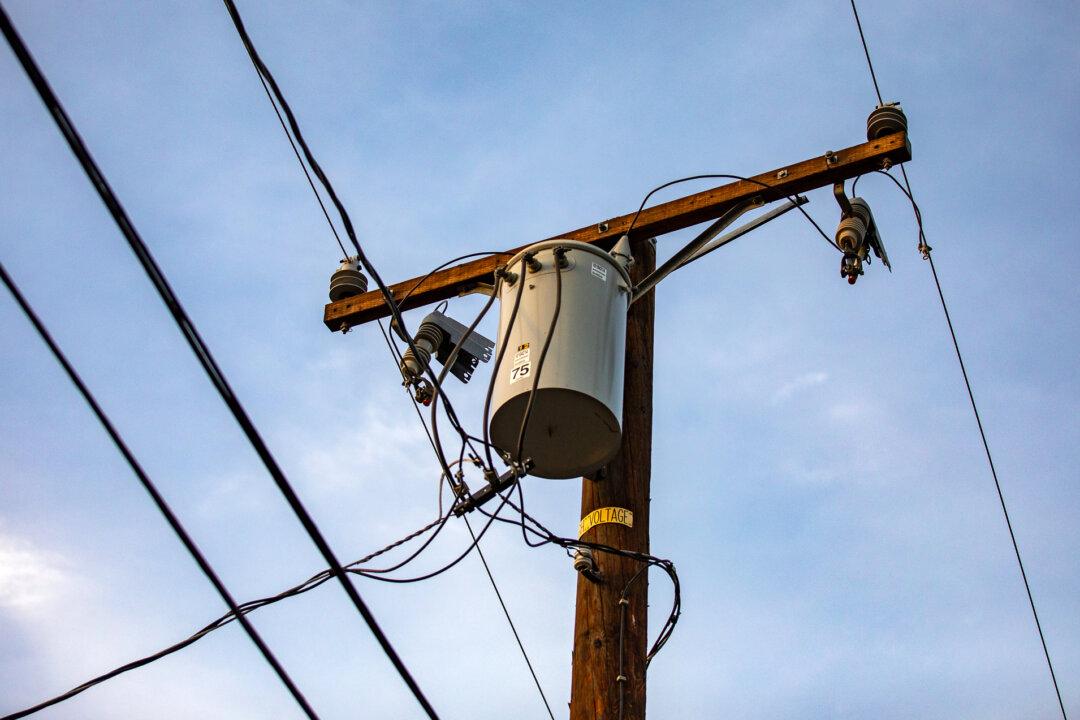The Orange County Power Authority (OCPA) has named two top executives to manage the recently formed agency and oversee the launch of a community choice energy program by 2022 in Southern California.
Brian Probolsky, the current president of the Moulton Niguel Water District, was appointed the group’s CEO, while Antonia Castro-Graham, who currently serves as the City of Fullerton’s deputy city manager, was named its chief operating officer.





